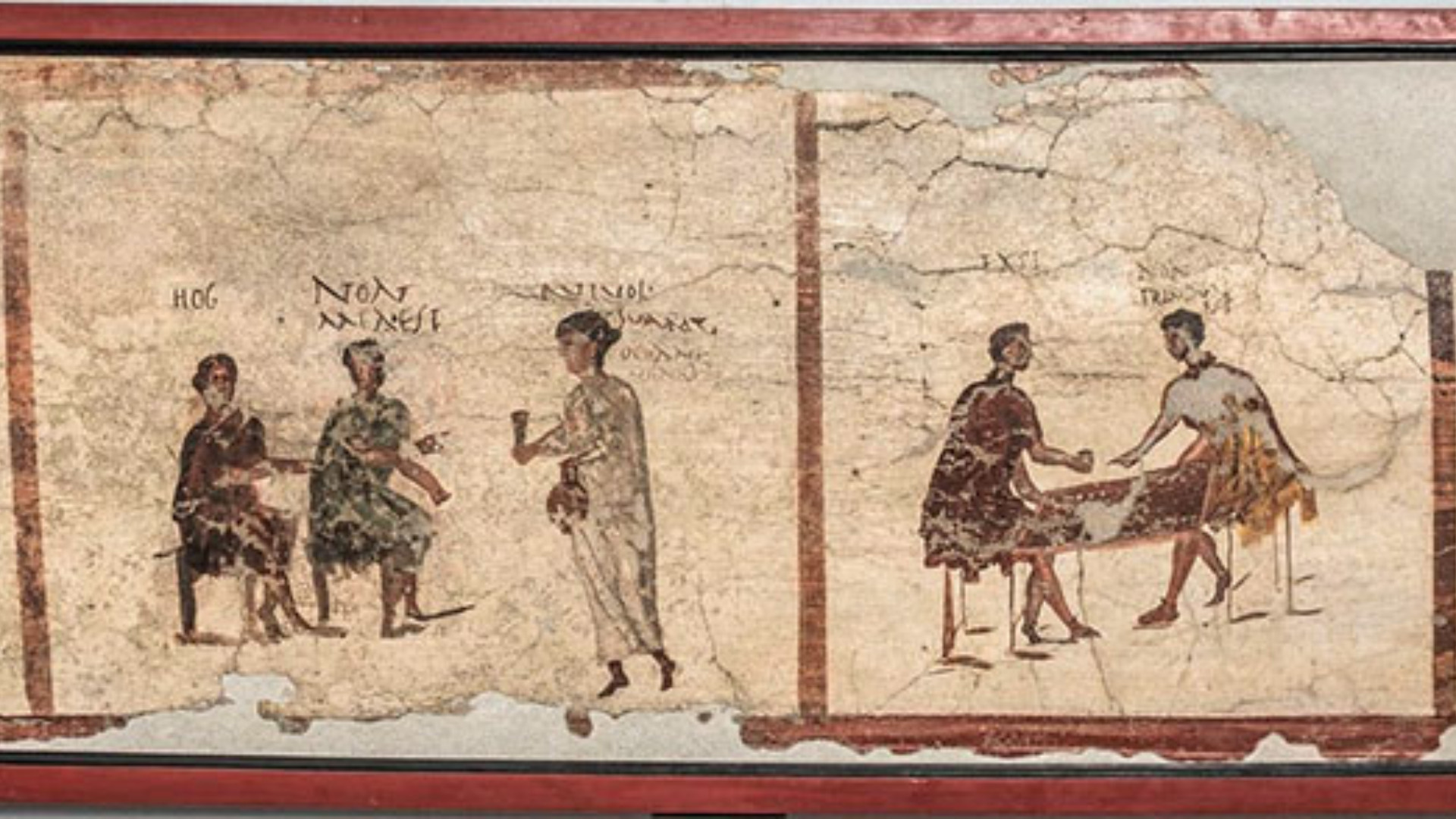academia.eu di sabato 16 novembre 2019
A Radiocarbon Date from the Wall Plasterof Enclosure D of Göbekli Tepe
di Oliver Dietrich & Klaus Schmidt
The PPN settlement of Göbekli Tepe in southeasternTurkey has delivered the oldest examples of religiousmonumental architecture known so far. The archaeo-logical dating of the sites´ two main layers is quiteclear. The oldest Layer III, which contains the well-known circular enclosures formed by T-shaped pillarsgathered around a pair of bigger central pillars can bedated to the PPNA through lithic nds comprising pro- jectile points mainly of the Nemrik and Helwan types.The superimposing Layer II with its smaller, rectan-gular rooms often containing only two, considerablysmaller central pillars, or none at all, is characterisedespecially by Byblos and a few Nevalı Çori type pro- jectile points dating to the early and middle PPNB. LatePPNB nds are absent from Göbekli Tepe. Concerningthe momentary state of the radiocarbon chronology for the Pre-Pottery Neolithic, one would expect a durationof 9600–8800 calBC for the PPNA complexes of Layer III and 8800–8200 calBC for the EPPNB / MPPNBactivities in Layer II, respectively.But, as a recent review of the data available shows,a bigger part of them is biased by methodological prob-lems, although quite different sampling strategies wereapplied (Dietrich, in press). A bigger series of data wasobtained from pedogenic carbonates on architecturalstructures (Pustovoytov, Schmidt and Parzinger 2007).Unfortunately they are of no use in dating the sampledstructures themselves, as the carbonate layers startedforming only after the moment of their burial. At leastthese samples offer a good terminus ante quem for therelling of the enclosures. For layer III this terminusante quem lies in the second half of the 9th millenniumcalBC, while for layer II it is located in the middle of the 8th millennium calBC.A recently obtained series of data from bones dis-covered in the lling and layers is at least partially bi-ased by methodological problems (Dietrich, in press).At least within the group of samples chosen, collagenconservation is poor and isotopic exchange processeswith carbon rich surface and ground waters may havecause alterations in the carbonate contents of bones thatlead to problems with the dating of apatite fractions.The best dates available so far for Göbekli Tepestem from charcoal samples of short-lived plants. Twodates for Enclosure A settle in the late 10th and early9th millennium calBC (Kromer and Schmidt 1998), butthey could also indicate the use of older ll material.The last intrusions in the big enclosures can be dated bya charcoal sample found under a fallen pillar fragmentin Enclosure A to the middle of the 9th millennium (Di-etrich, in press).As charcoal seems to be the sample material of choice at Göbekli, an attempt to date the big Enclo-sures of layer III directly was made by sampling thewall plaster of Enclosure D (Area L9-68, Loc. 782.3,29.10.2010). This plaster is formed of loam, whichfortunately contains also small amounts of charcoal. Atthe 14C laboratory Kiel a sample big enough for an AMS dating could be obtained from the plaster.The result reads as follows (Fig. 1):Radiocarbon Age (KIA-44149): 9984+/- 42 BP, δ13C -26,31+/-0,57.Calibrated Radiocarbon Age using OxCal4.1 (Datensatz IntCal09); two Sigma Range:9675 (93,9%) 9314 calBCWith this date there is for the rst time undisputableevidence for the absolute construction time of the bigenclosures in the early PPNA. Also the date seems to be proof to the observation that Enclosure D is older than Enclosure A. In addition, a succesful samplingstrategy for Göbekli Tepe has been lined out, whichwill be pursued further in the future. References Dietrich O.in press Radiocarbon dating the rst temples of mankind.Comments on 14C-Dates from Göbekli Tepe. Zeitschrift für Orient-Archäologie 4.Kromer B. and Schmidt K.1998 Two radiocarbon dates from Göbekli Tepe, SouthEastern Turkey. Neo-Lithics 3/1998: 8-9.Pustovoytov K., Schmidt K., and Parzinger H.2007 Radiocarbon dating of thin pedogenic carbonatelaminae from Holocene archaeological sites. The Holocene 17, 6: 835-843.
leggi l'articolo integrale su academia.eu
| SCHEDA LIBRO | Segnala | Ufficio Stampa |









